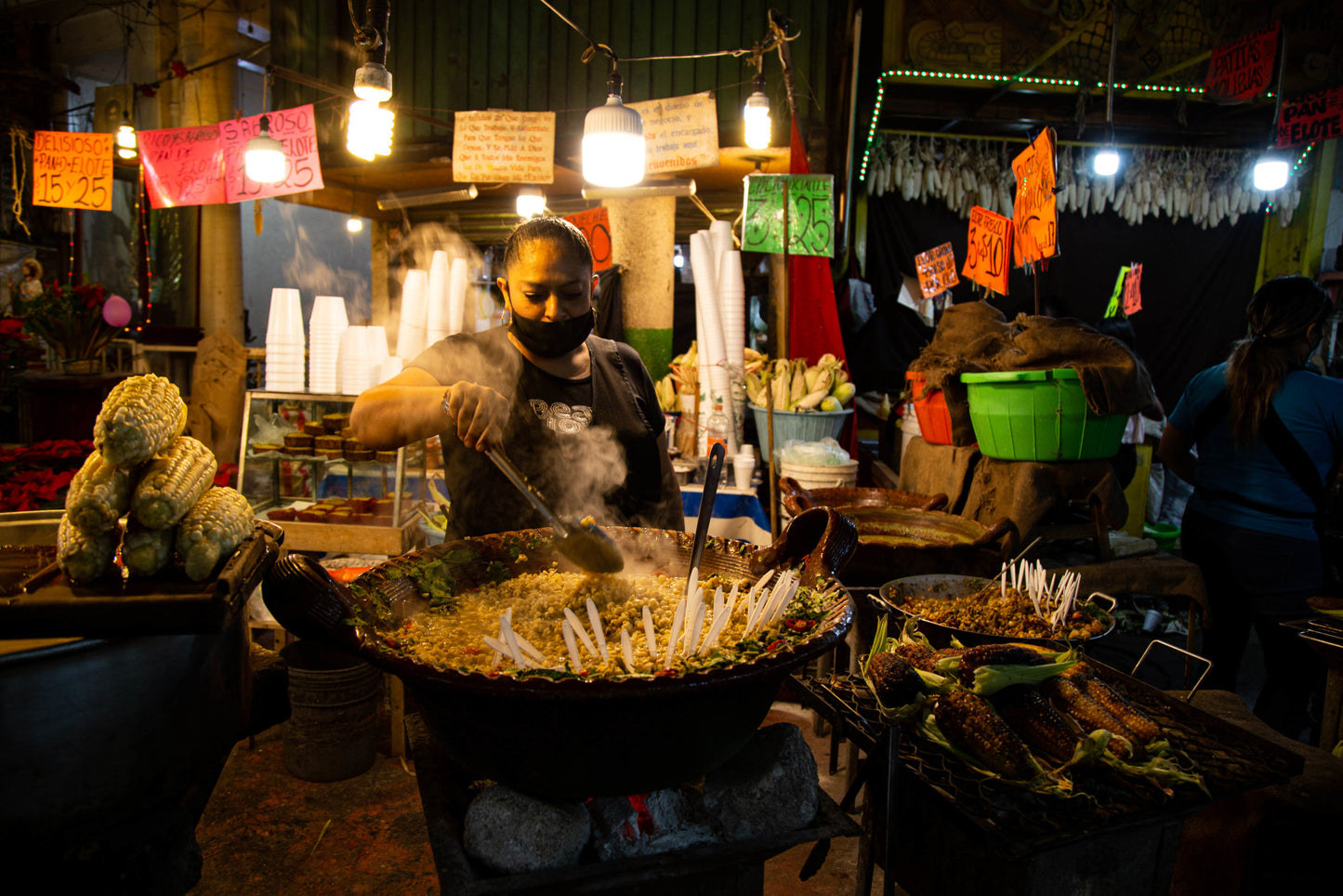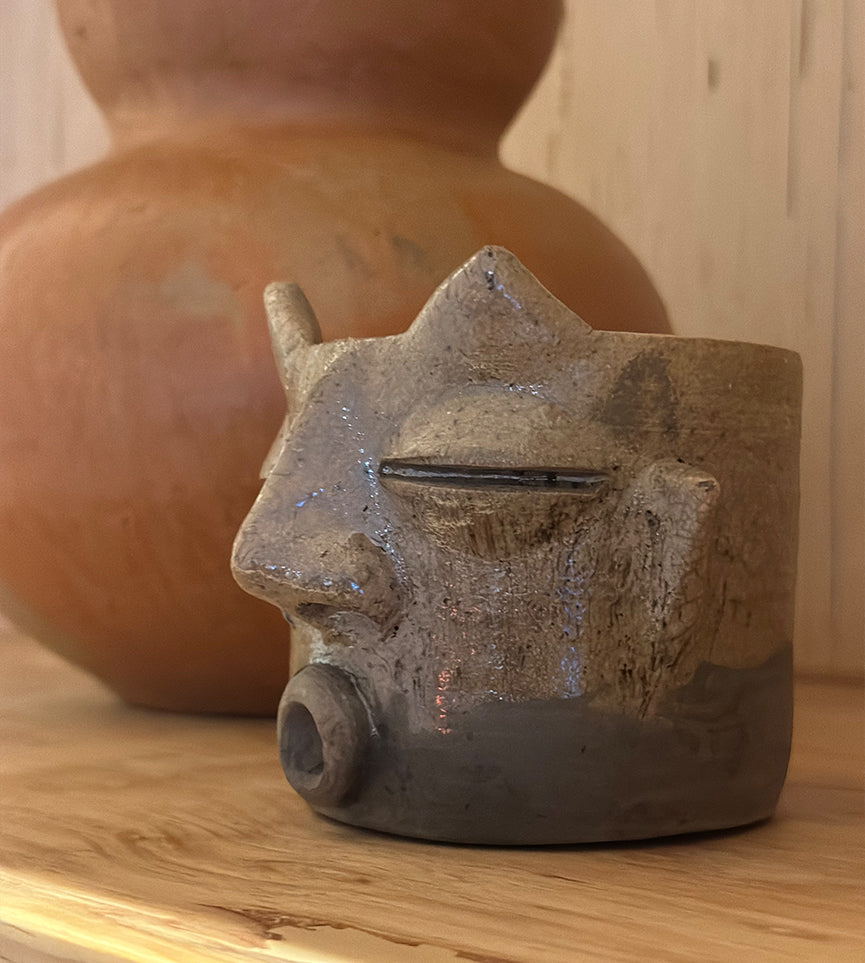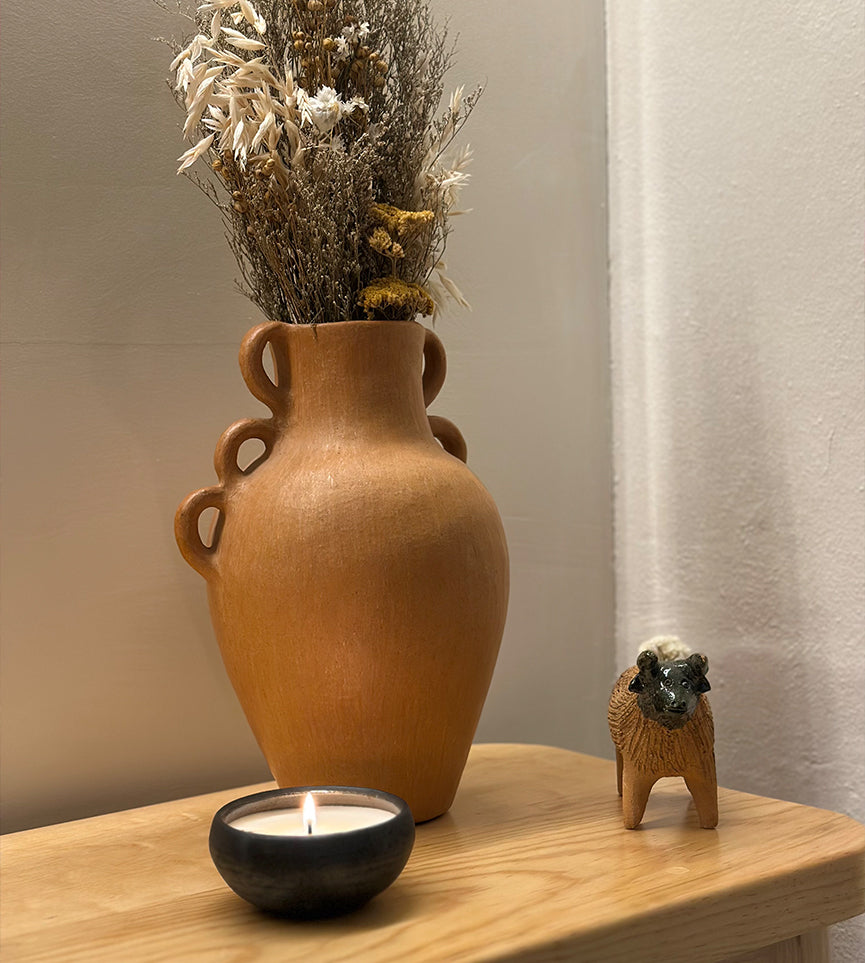
They are an infinity of colors that illuminate the lives of thousands of people. They are a mixture of aromas that provoke vivid memories and insatiable appetites. They are thousands of sounds that make up perfect melodies to tell the history of the metropolis. They are the popular markets that for centuries have been pumping the blood that keeps Latin American cities alive.


